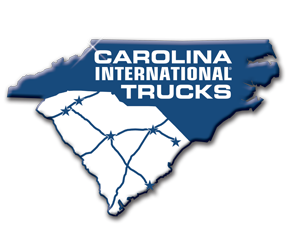How to Keep Your Brakes at Peak Performance
A Proposed House Bill Could Set That Precedent
The Federal Motor Carrier Safety Administration's rules and regulations contain the Compliance, Safety Accountability, or CSA, program. As part of the program, their agents regularly inspect semi-trucks and trailers for safety violations. Of those safety violations, brake problems are among the most common (after lighting violations) and are the most dangerous.
Not only should you regularly inspect your own truck and trailer for CSA violations, keeping your brake maintenance on a schedule makes your vehicle safer for you and surrounding drivers. Here's what to do:
Check the brake pads and the brake shoes.
Braking components are made to be replaced; the amount of friction they undergo through daily use, especially on heavy trucks, can wear through their material quickly. Regularly get your brake pads checked for wear, even if you get estimates on the time left each time; that time is based on how long you have had them and the amount of wear they have now. If your routes change to mountainous areas or crowded urban areas, the pace of wear will increase.
It's also important to get the other components of your brakes replaced when the pads are changed out: the springs, pins, drums, and bushings are just as vulnerable to wear, impact, or heat.
Check the air compression and hoses.
Smarter semi-trucks are developing sensors for tire air pressure and more, but the application pressure gauge is still a manual check. Make sure it's between 100 and 125 psi regularly, or at the very least between 60 psi depending on your altitude. Also, have the linings and hoses checked for leaks or poorly applied lubricant; if you pressure is low, an air crack might be why.
You can't always check over all the braking components yourself, even though you're considered responsible during an inspection. To make sure you're covered, have the brakes checked each time you get your oil changed and go to Carolina International for more safety tips.


